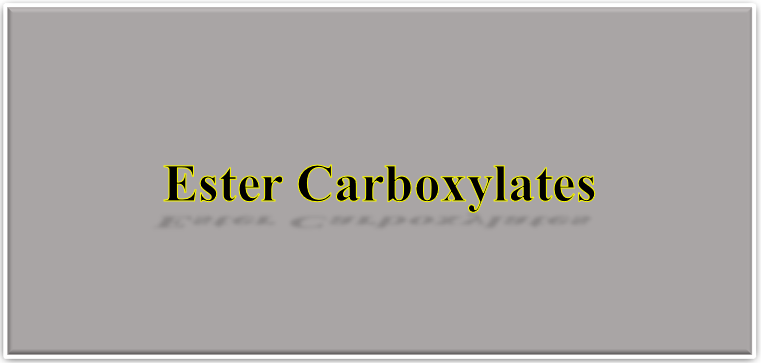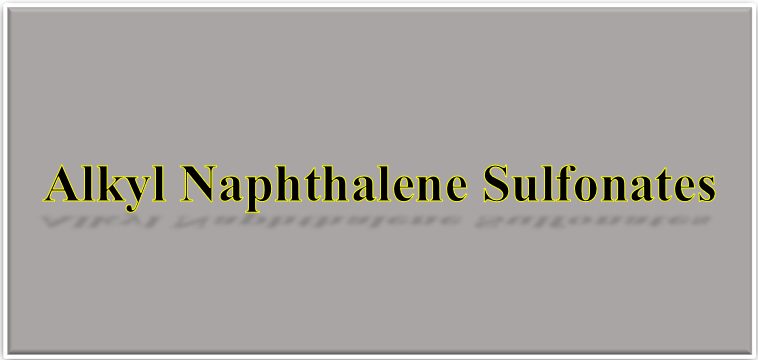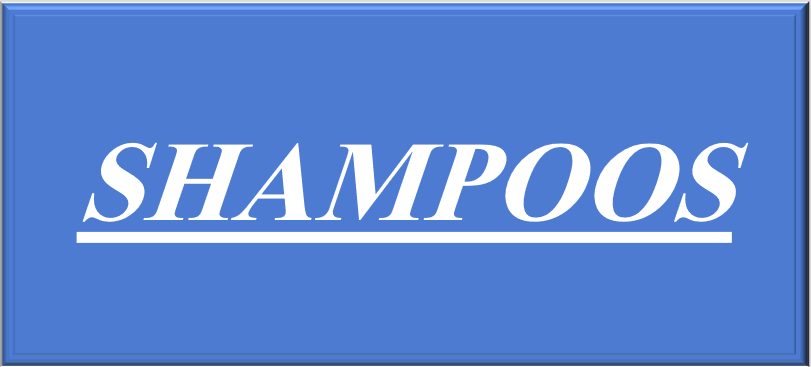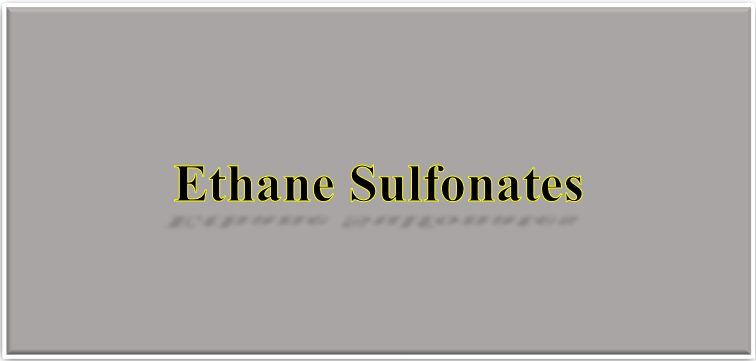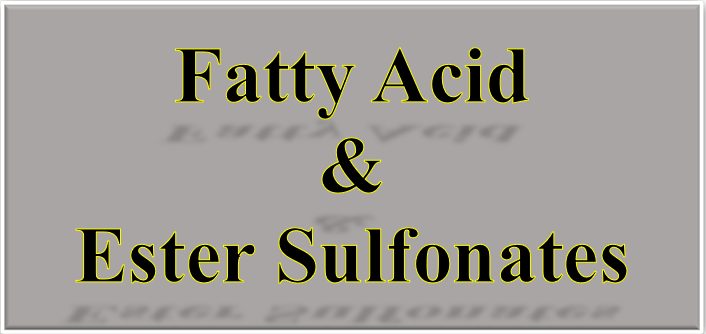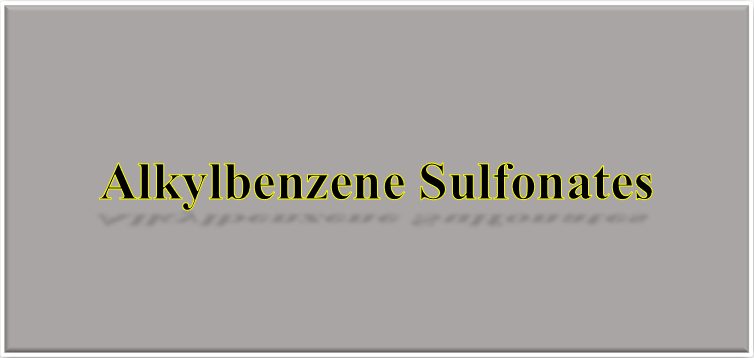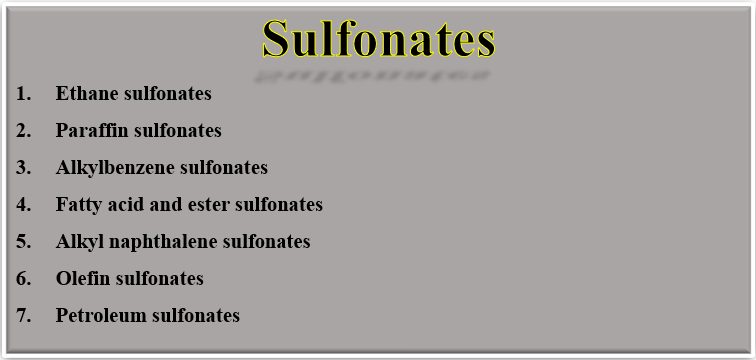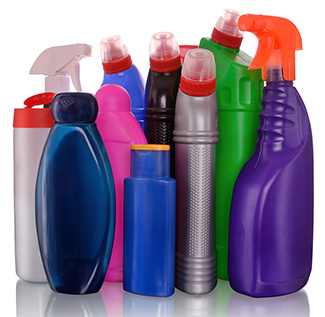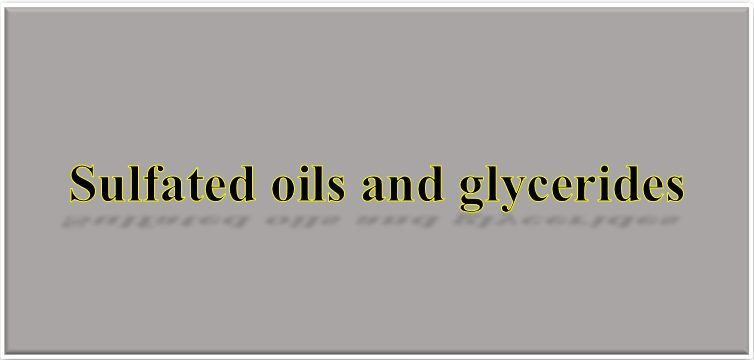Description
The reaction of a long-chain fatty alcohol (or ethoxylate) with a multifunctional carboxylic acid (esterification). The multifunctional fatty acid usually contains hydroxyl groups. These products do not contain the same large amounts of chloride ions as the ethoxy carboxylates but they do have the disadvantage of containing an ester group which can hydrolyze in solution whereas products such as the ethoxy carboxylates have ether groups which are stable to hydrolysis. Typical products would be made with citric or tartaric acid as the multifunctional carboxylic acid and lauryl alcohol + 5-7EO.
General properties
Solubility
Products are usually very soluble in water in the C12-C16 range.
Chemical stability
About 80°C maximum in aqueous solution.
Surfactant properties
The lowest surface tension is found with sodium dicoco + 7EO citrate at 31.5 dyn/cm and similar to ether sulfates.
Functional properties
Moderate wetter, good foaming, good detergency; solutions can be thickened with viscosity modifiers, e.g. PEG 6000 distearate.
Applications
Cosmetics
Sodium lauryl alcohol + 7EO tartrate or sodium di(lauryl alcohol + 7EO) citrate can be used as a shampoo detergent but gives a more economical formulation mixed with AES. Such mixtures show considerably reduced skin irritation with AES when only small quantities of the citrate are added.
Liquid detergents
Institutional surface cleaners
Specification
| Activity | 25% aqueous soln. typical |
| Alkalinity value | 10-30mg KOH/g |
| Sap. value | 15-18mg KOH/g |

